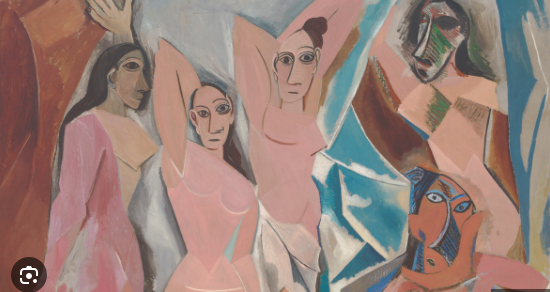Pablo Picasso
Pablo Picasso, born on October 25, 1881, in Málaga,
Spain, was a Spanish expatriate painter, sculptor, printmaker, ceramicist, and
stage designer. His artistic journey spanned nearly 80 of his 91 years,
during which he made significant contributions to the development of modern art
in the 20th century1. Let’s delve into the fascinating world of
Picasso and explore some of his notable works and influences.
- Cubism: Picasso is
perhaps best known as the co-creator of Cubism alongside Georges
Braque. This revolutionary movement shattered traditional artistic
conventions by depicting objects from multiple viewpoints simultaneously.
In works like “Les Demoiselles d’Avignon” (1909) and “Guernica”
(1937), Picasso’s exploration of form, space, and perspective challenged
the very essence of representation.
- Early
Years: Born into an artistic family, Picasso showed great precocity from
an early age. He studied at La Lonja, the academy of fine arts in
Barcelona, and later visited Paris, where he had his first one-man
exhibition at the Galerie Vollard2. This exposure to the vibrant Parisian
art scene would shape his future endeavors.
- Guernica: One of
Picasso’s most iconic works, “Guernica,” created in response to the
bombing of the Spanish town during the Spanish Civil War, is a powerful
anti-war statement. The painting’s fragmented forms and anguished figures
convey the horrors of conflict and the suffering of innocent civilians.
- Influence
and Legacy: Picasso’s influence extended beyond his own lifetime. His
prolific output included paintings, sculptures, ceramics, and stage
designs. His restless creativity and willingness to experiment left an
indelible mark on the art world. His legacy continues to inspire artists
and art enthusiasts worldwide.
In summary, Pablo Picasso’s artistic journey was marked
by innovation, experimentation, and a relentless pursuit of expression. His
ability to reinvent himself and challenge artistic norms solidified his place
as one of the most influential artists of the 20th century

Comments
Post a Comment